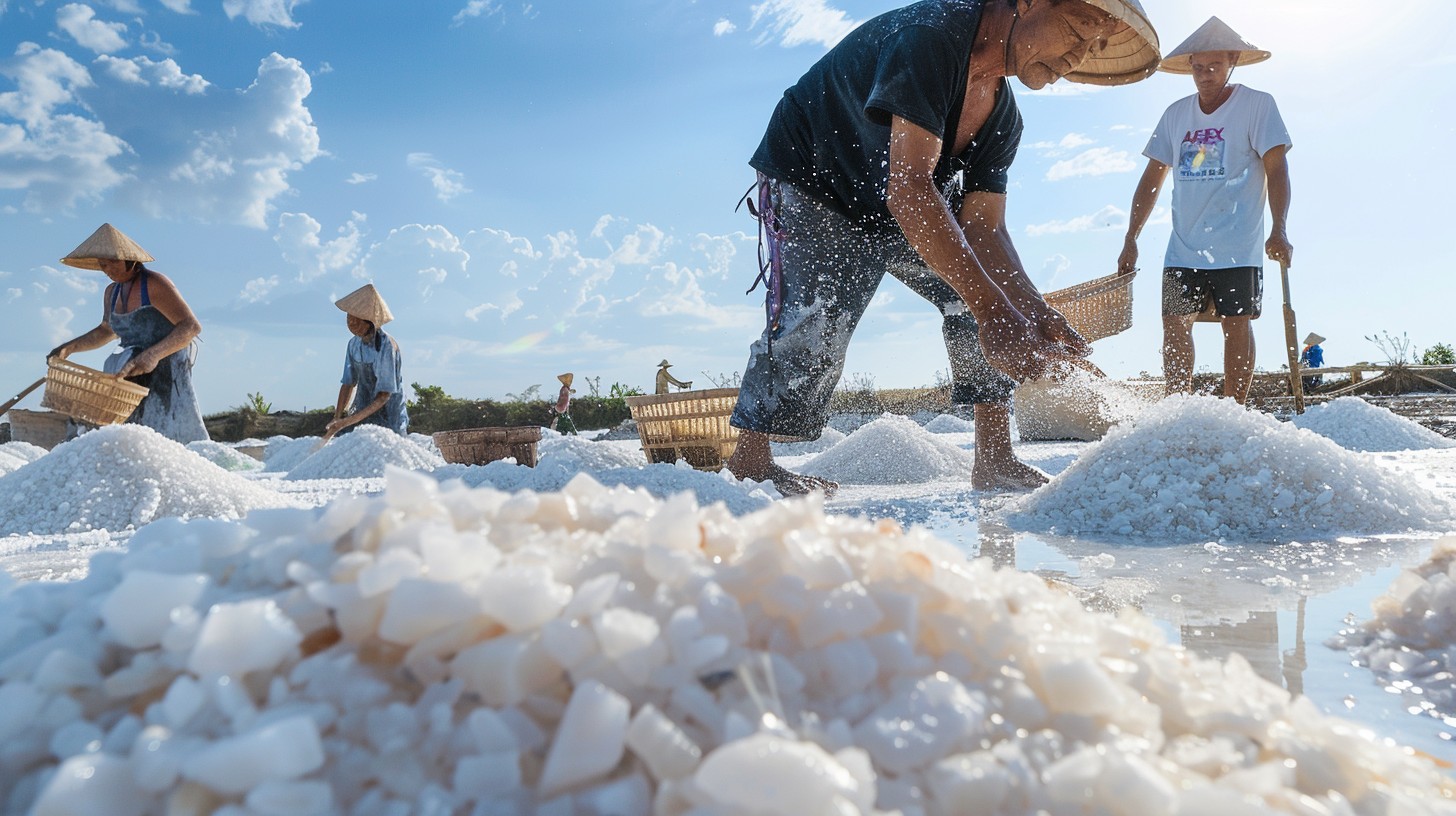Salt burn is a good sized issue in agriculture, especially affecting vegetation like almonds, which are touchy to saline conditions. This blog will discover the reasons of salt burn, its effects on plant health, and techniques for management and prevention.
1. What is Salt Burn?
Definition: It refers to the harm caused to flowers because of high salinity degrees within the soil or water. It manifests as leaf scorch, stunted increase, and reduced crop yields.
Causes: It is mainly resulting from the accumulation of salts, along with sodium, chloride, and boron, in the soil. This can occur due to:
- Irrigation with saline water
- Poor drainage main to salt accumulation
- Natural soil salinity in sure regions
2. How Salt Affects Plants
Osmotic Effects: High salinity reduces the provision of water to flowers. As the attention of salts in the soil increases, the osmotic strain makes it more difficult for plant life to soak up water, main to dehydration.
Toxic Effects: It can accumulate in plant tissues, specifically in leaves, main to toxicity. This outcomes in:
- Scorched leaf pointers and margins
- Leaf drop
- Overall decline in plant fitness
Visual Symptoms: It is regularly identified thru visual symptoms, consisting of:
- Leaf tip burn
- Yellowing of leaves
- Stunted boom and reduced vigour
3. Identifying Salt Burn
Tissue Analysis: To verify salt burn, tissue analysis can be conducted. Leaf sampling, specifically in mid-summer time, can assist determine the salt tiers in plants.
Critical Values: Comparing leaf samples to hooked up important values can imply whether or not salt tiers are dangerous to the plant.
Timing: Symptoms of excessive salt burn usually seem past due inside the growing season, frequently after tremendous harm has already took place.
4. Management Strategies for Salt Burn
Leaching: One of the best strategies to manage salt ranges is leaching, which includes applying extra water to flush salts from the root sector.
Buffering Water: Using water with decrease salinity tiers or including amendments to improve soil shape can assist mitigate salt accumulation.
Soil Management: Practices along with enhancing drainage and using cover vegetation can enhance soil health and reduce salinity.
Genetic Tolerance: Research into rootstocks that showcase genetic tolerance to salinity can provide long-term answers for crops like almonds.
5. The Impact of Salt Burn on Almonds
Growth and Yield: Almond timber are specifically prone to it, which can lead to stunted increase and reduced yields. The presence of sodium, chloride, and boron within the soil can critically affect their health.
Economic Consequences: Crop loss because of it could have big economic implications for farmers, making powerful salinity management practices critical.
Long-term Solutions: Implementing sustainable practices and selecting salt-tolerant sorts can help mitigate the impact of it on almond production.
6. Conclusion
Salt burn poses a critical threat to agricultural productiveness, specially in regions with excessive salinity tiers. Understanding the causes and results of salt burn is vital for powerful management. By using techniques such as leaching, improving soil fitness, and choosing tolerant sorts, farmers can defend their crops and ensure sustainable yields. As weather alternate continues to affect water availability and soil salinity, proactive measures may be important for the destiny of agriculture.





